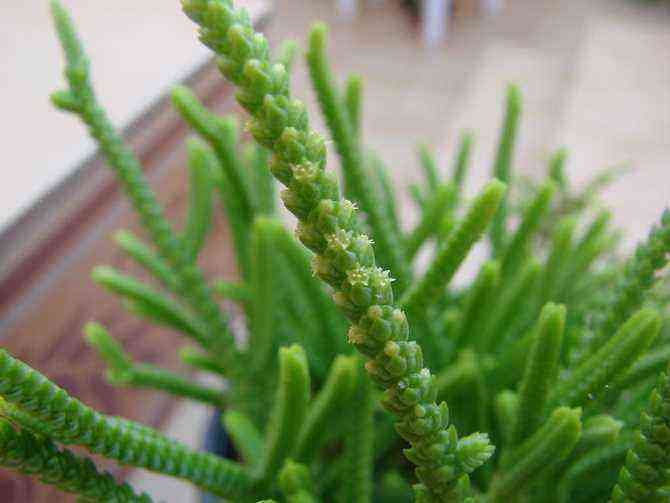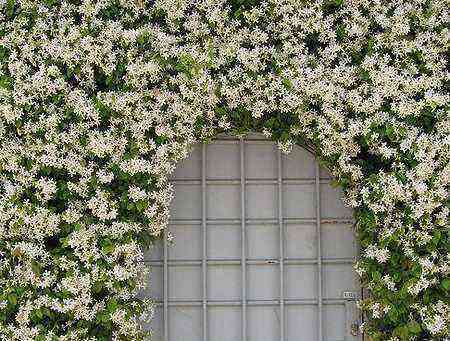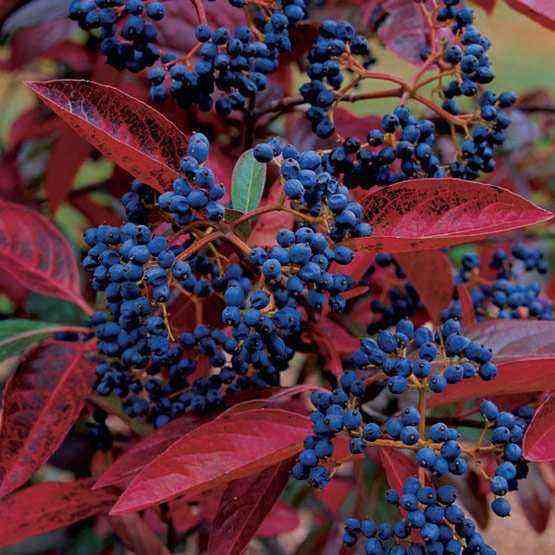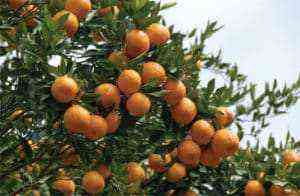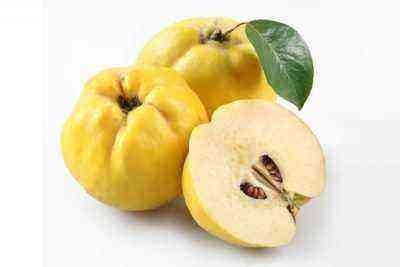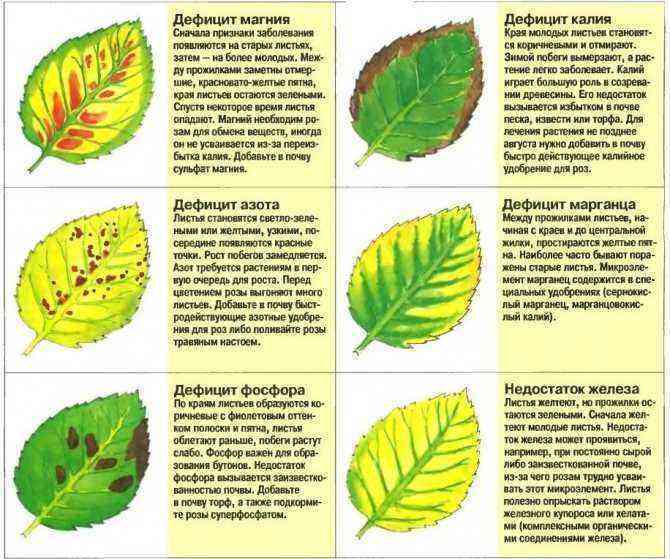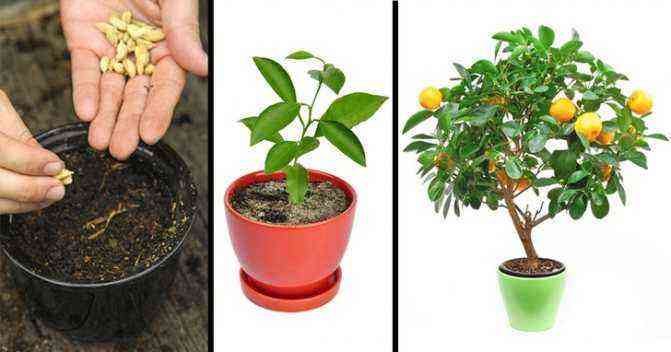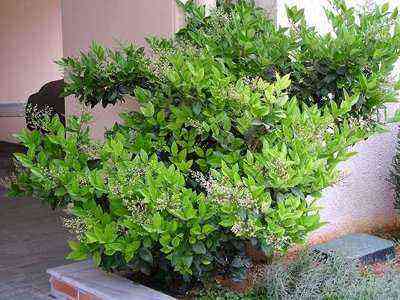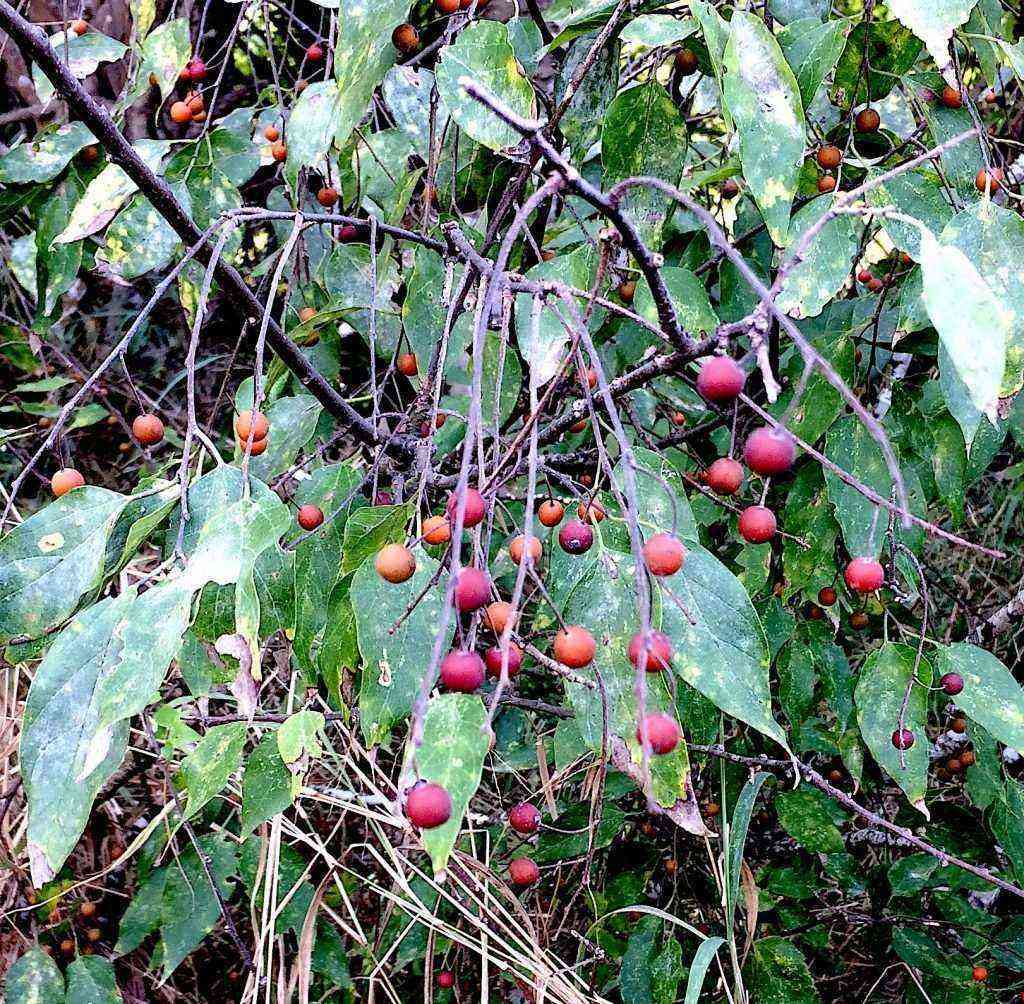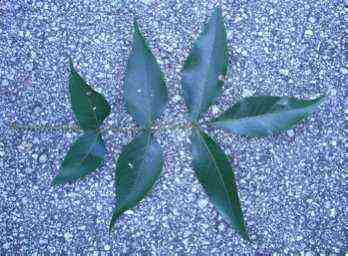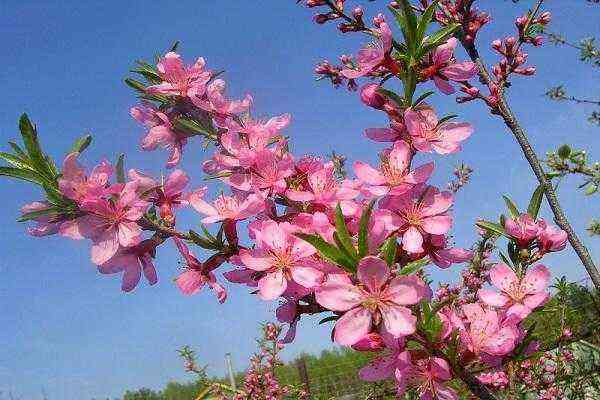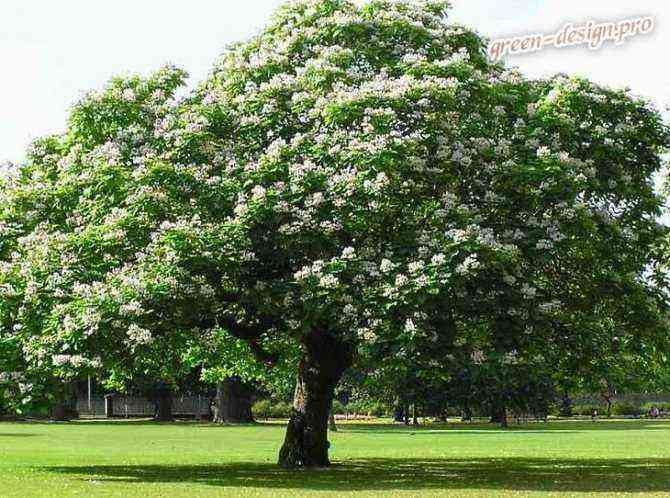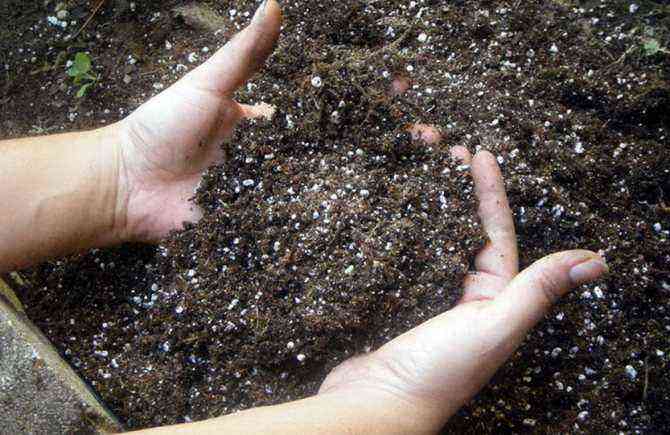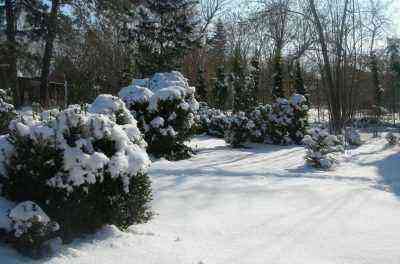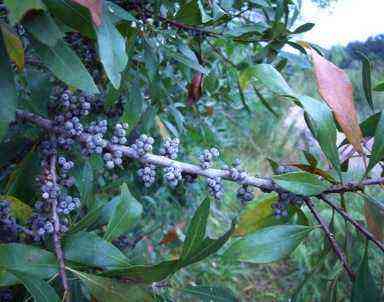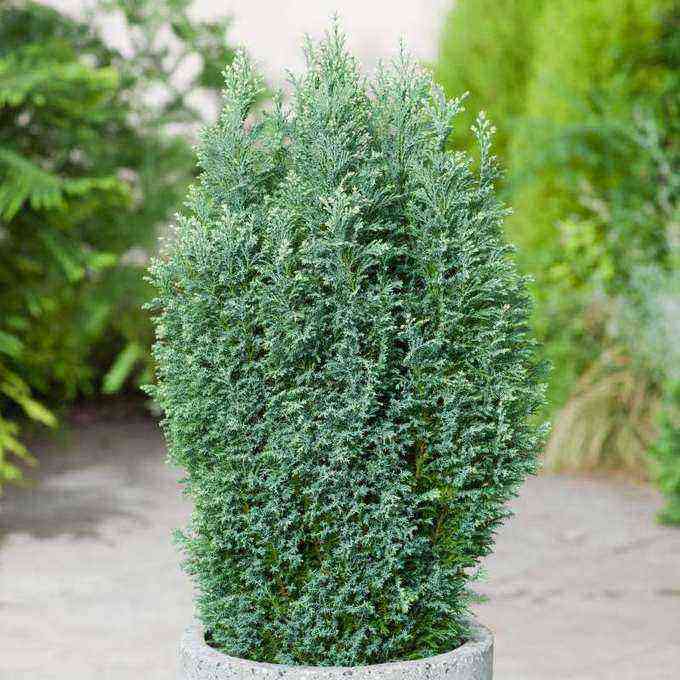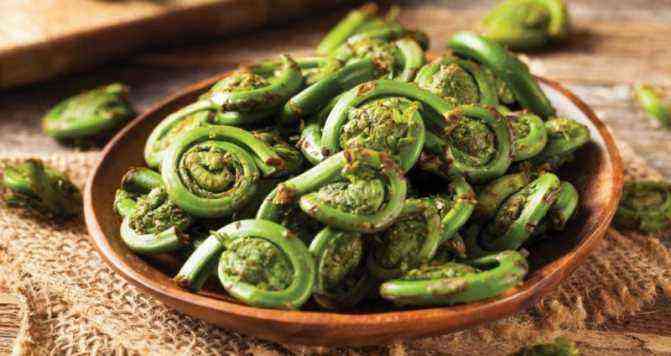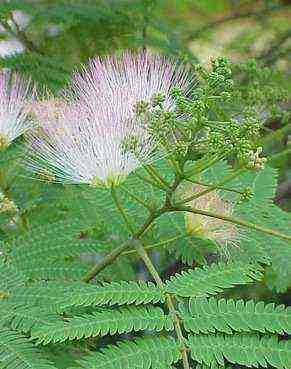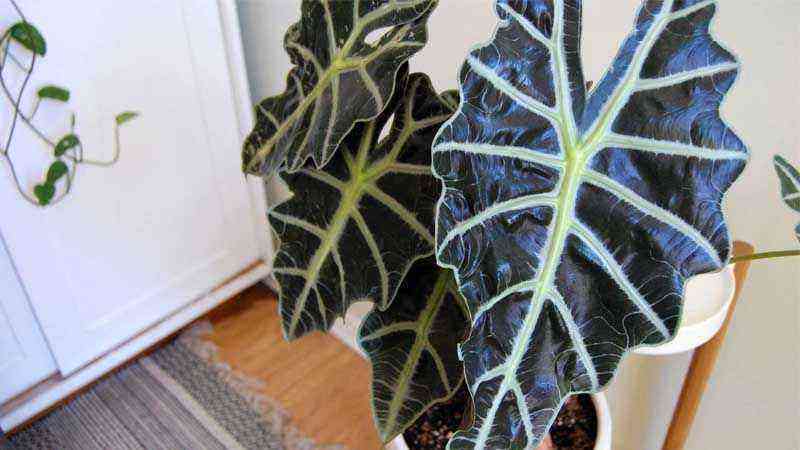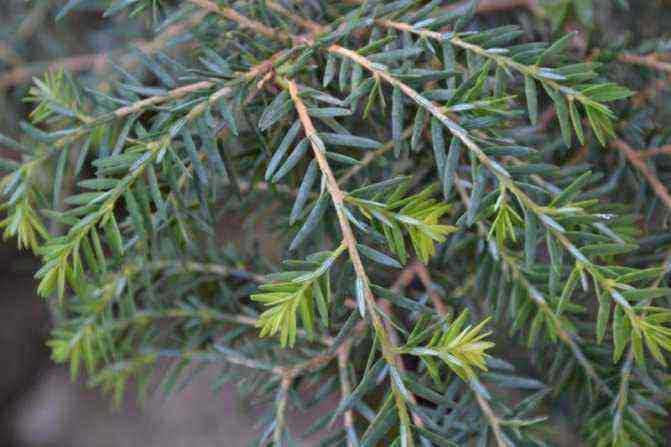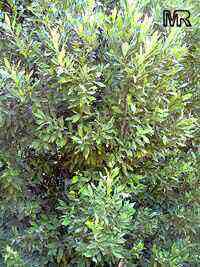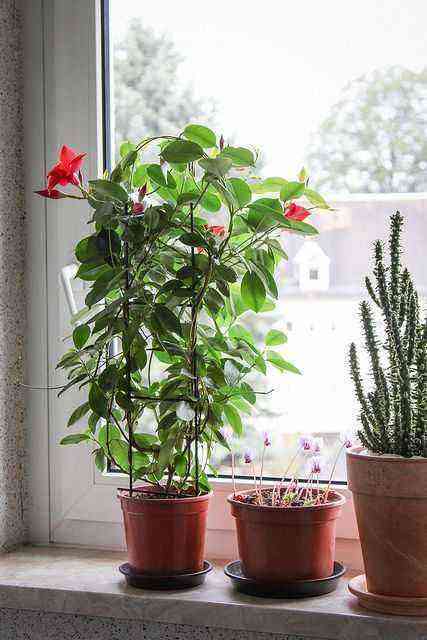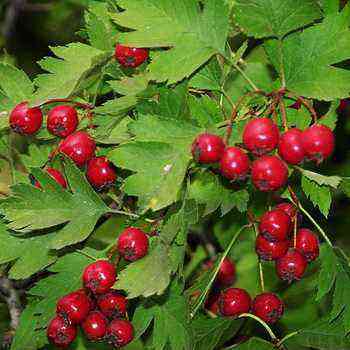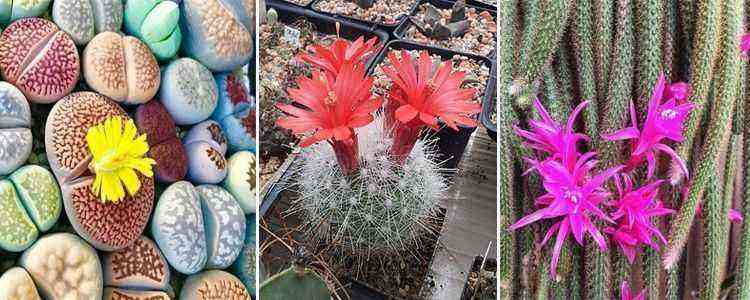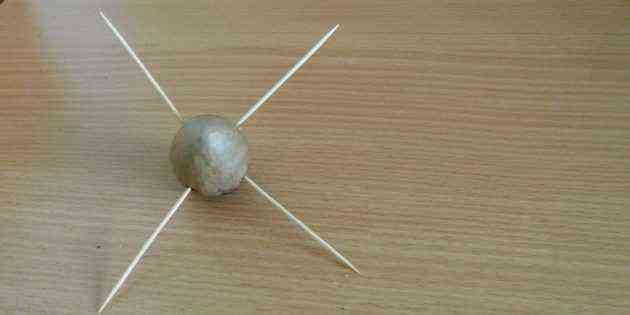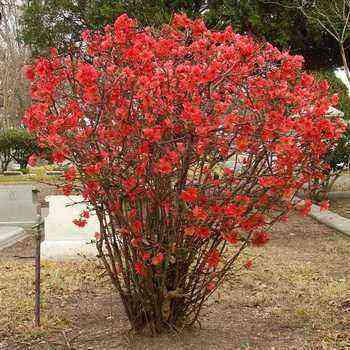
Common apricot (from Lat. Prunus armeniaca) belongs to the genus Plum and the Pink family. Unofficially, sunny Armenia is considered the birthplace of the fruit.
Brief description of culture
Apricot is a deciduous fruit crop. Trees can grow up to 6-7 m, flowering usually occurs in March or April. The first fruits of the early varieties ripen at the end of June, and the later ones – at the end of August.
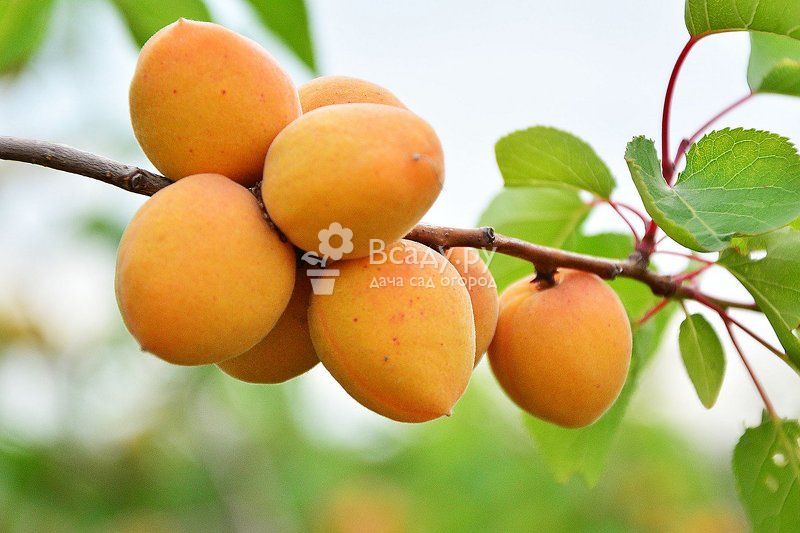
Many gardeners are interested in the question: how many years does it live, and when does the apricot begin to bear fruit after planting. These characteristics depend on many conditions: variety, care, place of cultivation.
Average statistical data:
- an apricot can live up to a hundred years;
- the first harvest can be obtained at the age of three, less often in the second year, but very poor;
- the tree bears fruit up to 30-40 years, the maximum fruiting period is achieved with proper care.
The culture is distinguished by high drought resistance and frost resistance. Some breeding specimens can withstand frosts up to 30 degrees Celsius.

If you decide to plant an apricot in the Urals, growing such varieties will give the best result: Northern Triumph, Khabarovsk, Siberian, Northern Lights, Manchurian, Kirovets.
Planting of apricot
There is nothing difficult in growing apricots, planting and care in the middle lane and northern regions is practically no different from standard procedures. Planting seedlings in open ground begins in spring, late April and early May. But the place for the apricot is prepared in the fall.
Site selection and preparation of soil
For apricot, you need to choose an open, elevated and well-lit area. Protection against gusty winds should be provided, which can be a high fence. It is recommended to choose places with deep groundwater and low soil acidity. Ideally, a light loamy soil is suitable.

The planting pit is prepared in the fall:
- dig a hole 0,8 m wide and deep;
- drive a peg in the center so that its top rises 0,5 m above the surface;
- fill the bottom with rubble, which will serve as a drainage;
- Mix the excavated soil with peat in a 2: 1 ratio, add 0,5 kg of superphosphate, 2 kg of wood ash, mix well;
- pour the resulting mixture into a hole, the resulting slide will settle until spring.
Apricot seedling selection
One-year-old seedlings take root best of all. Planting material should be purchased only at official fairs, or in nurseries, since there is a high probability of buying wild.
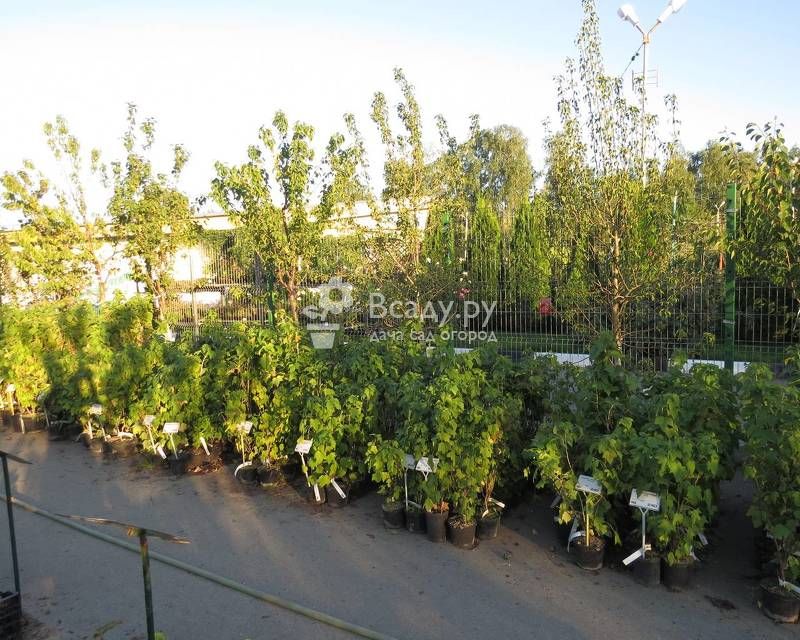
The varietal seedling has no thorns, thick branches, and the graft site has a thorn on it. The root system must be healthy and intact.
Planting apricots in spring
A hole prepared in advance and filled with soil mixture must be dug again, expanding it according to the size of the rhizome. Spoiled and dried roots are removed before planting, and healthy ones are slightly shortened.
The root of the seedling is preliminarily dipped into a mixture of mullein and clay, and then placed in a hole so that the root collar is located 5-6 cm above the ground. After the hole is completely filled up, the soil is carefully tamped, forming a near-stem circle, while you need to hold the stem of the seedling so that it does not tilt.
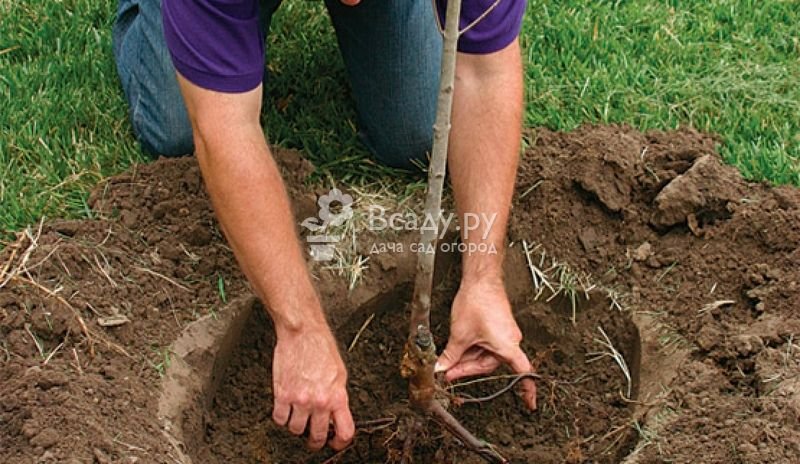
After planting, the tree is watered with two buckets of water. When the earth settles, the root collar will just drop to the desired level. Then you need to install a support and tie the apricot to it. A young tree is tied up only with rag materials and in 2-3 places, so that it does not break and “pulled out” by the wind.
Neighborhood of apricot with other crops
The distance between the trees should be at least 5 m. It is best to allocate a separate area in the garden specifically for the apricot, since this culture loves individuality.
Neighborhood with an apple or pear, and especially with a walnut, is unacceptable. It is also undesirable to plant raspberry or currant bushes nearby.
Apricot Care
To grow a healthy and abundantly fruiting apricot, you need to take care of regular watering, feeding and pruning. Plants also need systematic protection against diseases and pests.
Apricot care in spring
In early spring, before the start of active sap flow, trees need sanitary pruning: damaged and dried branches should be removed, and the stem should be treated with lime solution or garden paint for trees: Kendal, Valagro, Yara, Fertis, Agrecol.
Before the buds begin to swell, it is recommended to feed the trees with urea. It will not only enrich the soil with the necessary substances, but also cleanse it of pests.
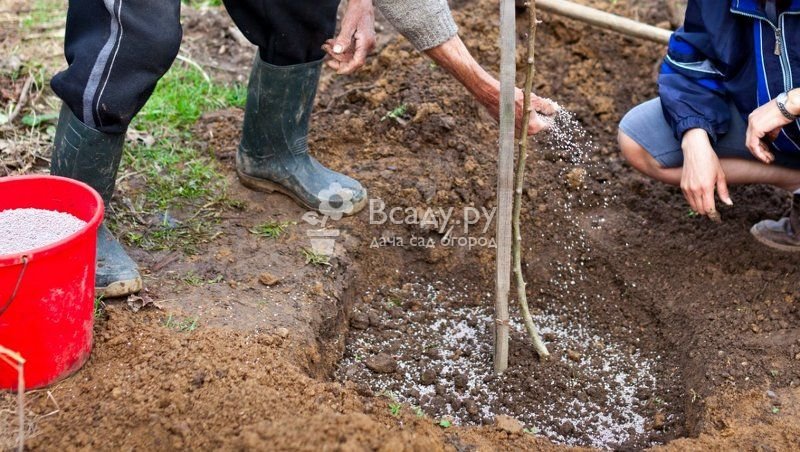
Two years after planting, the apricot will need a second spring organic feeding. You can use infusion of humus with ash, or infused mullein.
If there was little snow in winter and not enough rain in spring, the trees need regular watering. The procedure is recommended early in the morning or in the evening. Do not overmoisten the soil too much.
Summer apricot care
If the summer is dry, two waterings are carried out: in May and in June. The rest of the time, they observe the plant, if the leaves begin to wilt, they are watered abundantly. In the first half of summer, fertilizing with nitrogen-containing preparations is carried out, at a dosage of 30-40 grams. per sq.m.
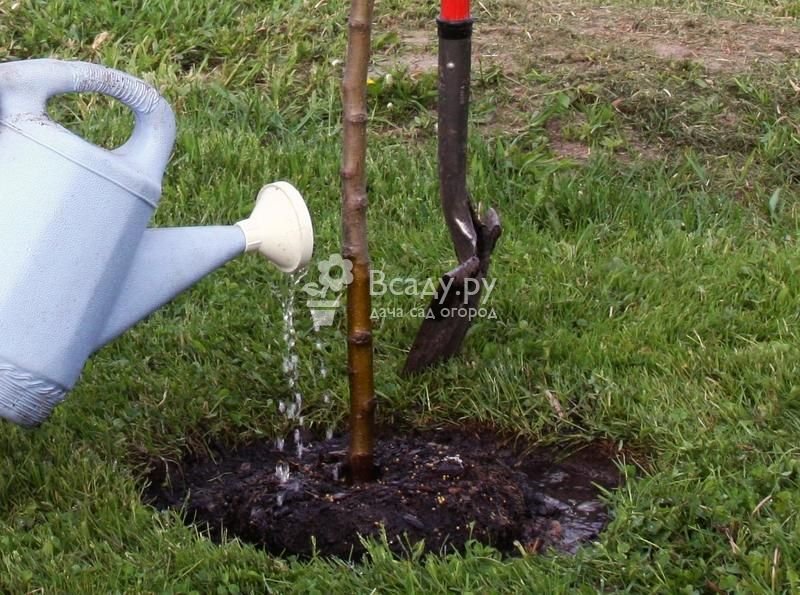
In the second half of the season, nitrogen fertilizers are replaced with potash and phosphorus fertilizers. They are introduced into the groove of the periosteal circle at the rate of 50-60 grams. per sq.m. Such feeding is carried out 1 time in 4 weeks before the beginning of fruit ripening.
Foliar summer dressing is carried out twice: 1 spoon of boric acid per 10 liters of liquid, spraying must be carried out on the foliage. With the beginning of the fruit formation period, additional fertilizing can be made to increase the tree’s yield.
In June, new branches are actively developing, and the crown can thicken strongly. Therefore, young trees need formative pruning – the thickened crown prevents fruit from ripening, and complicates the harvesting procedure.
You will find detailed information on pruning an apricot, and on how to form a fruit tree in our article.
The next good watering of trees is carried out in August. This month is the period of fruiting. If there are too many fruits on the fragile branches, the ovary should be manually thinned. It is worth remembering that apricot fruits do not ripen after being harvested, therefore it is necessary to harvest regularly as the fruits ripen.
Apricot care in autumn, preparation for winter
In the fall, trees no longer need irrigation. After harvest, another sanitary pruning should be done. When the foliage falls off, it must be removed, and the soil in the near-stem circles must be dug up and treated with urea from pests.
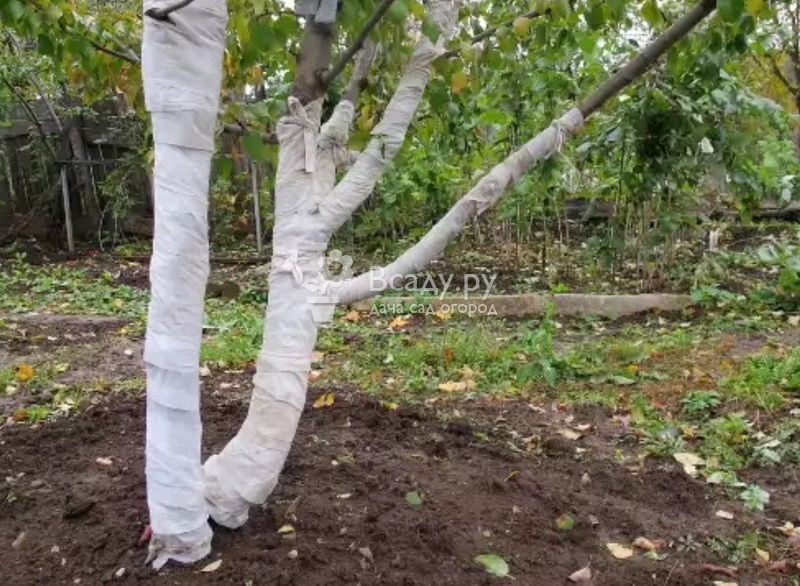
Apricot easily tolerates winter in the middle lane, thanks to the deep-seated root system. But it is worth taking care of young trees, they should be insulated for the winter: tie the trunks with spruce branches and wrap them with lutrasil, spud them well. Until the end of March, the shelter is not removed.
Protecting apricots from diseases and parasites
You should not wait for the invasion of pests or symptoms of the disease, it is better to prevent them with regular seasonal treatments:
- tillage of the soil from pests with urea to swelling of the kidneys (0,7 kg per 10 l of liquid), and if the kidneys have already begun to develop, it is worth using copper-containing preparations: HOM, Oksikhom, Kurzan, Bordeaux mixture;
- before flowering, spraying is carried out from ticks with Neoron, and from leaf rollers Decis, Kinmiks;
- prevention of moniliosis is carried out after flowering with Oxyhom;
- during the development of fruits, plants are threatened with coccomycosis and powdery mildew, treatment should be done no later than 14 days before harvesting with Horus;
- autumn preventive spraying against pests is carried out with urea.
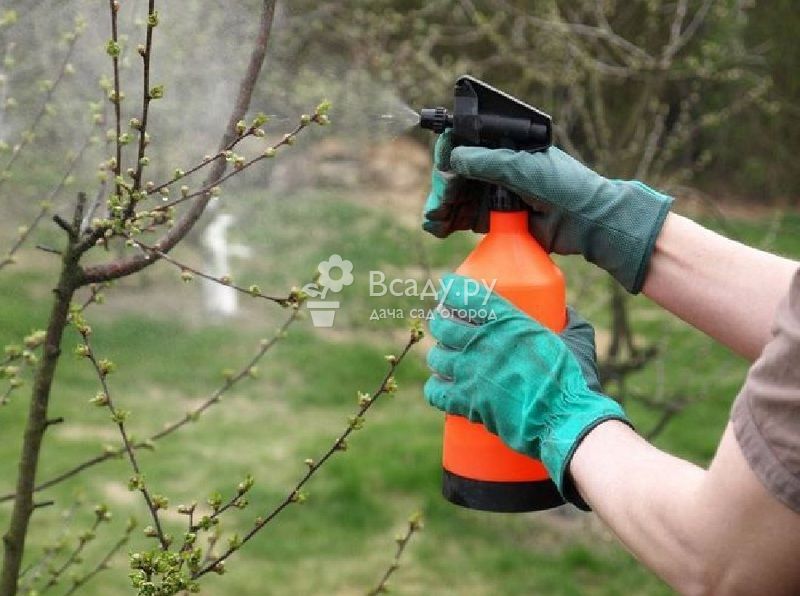
Сonclusion
If you choose a frost-resistant and zoned apricot variety, cultivation and care will not be costly and time-consuming. The seedlings take root easily, and if you follow the recommendations, the tree will not hurt and will give an excellent harvest.
